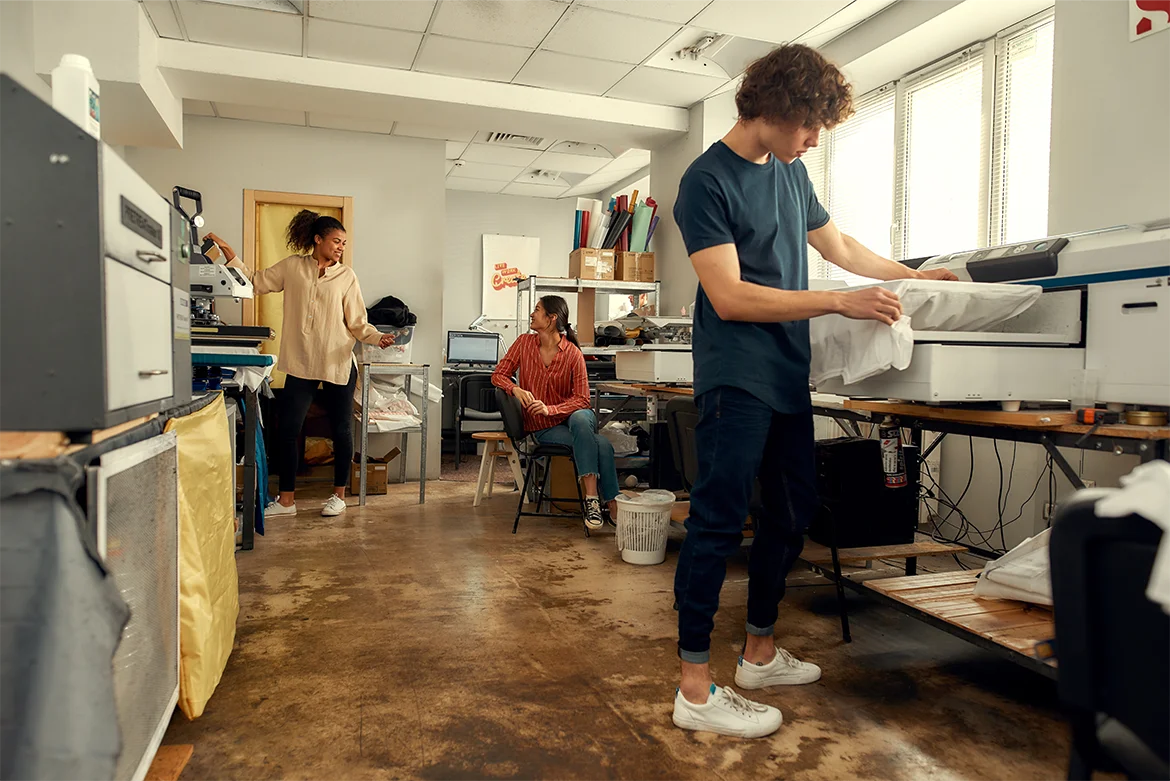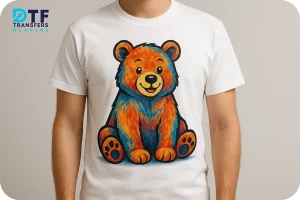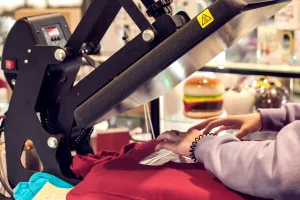You may have come across the term DTF in various industries, but in the world of printing, DTF carries a specific and revolutionary significance. Direct to Film (DTF) printing is a process that has been making waves in the textile industry, offering a new avenue for creative expression on fabric. This technique has gained traction for its ability to print vibrant designs on a multitude of fabric types without the need for pre-treatment processes typical of traditional printing methods.
The rise of DTF printing has been meteoric, largely because it bridges the gap between quality, efficiency, and accessibility. Whether you are a seasoned print shop owner, an aspiring fashion designer, or a hobbyist looking to customize your clothing, understanding DTF and its implications could vastly expand your creative and entrepreneurial possibilities.
In this article, you will dive deep into the world of DTF printing. You will unravel the dtf meaning, explore the process, and discover why it is being hailed as a game-changer in the textile industry. So prepare to broaden your knowledge and possibly find inspiration to embark on your own DTF printing journey
Understanding the DTF Meaning
The acronym DTF stands for Direct to Film, a term that encapsulates the essence of this printing technology. Unlike traditional printing methods such as screen printing or DTG (Direct to Garment), DTF involves printing designs onto a special type of film before transferring them onto the fabric. This concept may sound simple, but it is the intricacies of the process and the quality of the output that set DTF apart.
Understanding the dtf printing meaning is essential for appreciating the innovation it brings to the table. It represents a leap in customization capabilities, allowing for intricate designs with a wide color gamut to be transferred onto fabrics that were previously challenging to print on, including dark-colored and non-cotton materials.
Grasping the full dtf meaning is not just about knowing what the letters stand for; it’s about recognizing the shift in printing paradigms that DTF heralds. It’s a bridge between the tactile world of fabric and the digital realm of design, enabling an unprecedented fusion of the two.
DTF Transfer Meaning Explained
When discussing dtf transfers meaning, it’s vital to break down the concept into its core components. A DTF transfer is essentially the printed film with the design and adhesive that has been prepared for application to a textile. The meaning of dtf in this context is about the transferability of the design from one medium (the film) to another (the fabric).
The dtf transfer meaning gets to the heart of why DTF printing is so innovative. It allows for the creation of detailed, durable designs that can be applied to a variety of textiles without the need for direct printing. This means that one can prepare multiple transfers in advance and apply them as needed, streamlining the production process and opening up new business models.
Understanding the dtf transfer meaning is also about recognizing the versatility it offers. These transfers can be applied to almost any kind of textile, making it a flexible option for those looking to print on diverse fabric types.
The Role of DTF in T-shirt Printing
The dtf meaning shirts connection is where DTF printing truly shines. T-shirts, being a staple in fashion and personal expression, are a perfect canvas for DTF printing. The process allows for high-definition, full-color graphics to be printed on t-shirts of any color, a feat that some traditional printing methods struggle with.
DTF’s role in t-shirt printing is also about breaking down barriers. Small businesses and individuals can now produce prints that rival the quality of large-scale manufacturers. This democratization of quality printing means that you can execute small-batch orders economically or even create one-off designs.
Moreover, the dtf meaning in printing has become synonymous with sustainability in t-shirt production. The process generates less waste compared to screen printing, which uses large amounts of water and has a higher risk of ink waste. By choosing DTF, you’re not only opting for quality and versatility but also an environmentally friendlier method.
Benefits of using DTF Printing
The benefits of using DTF printing are manifold. First and foremost, it offers unparalleled flexibility in terms of substrates. You can print on cotton, polyester, blends, and even dark fabrics with ease, which is a significant advantage over traditional methods that may require different inks or processes for different materials.
Another benefit is the low setup cost and time. Since DTF doesn’t require screens or extensive pre-treatment, you can go from a digital design to a printed garment in less time and with fewer resources. This efficiency opens up opportunities for rapid prototyping or fulfilling custom orders on demand.
Perhaps one of the most compelling benefits is the quality of the final product. DTF prints are known for their vivid colors and sharp details. The prints are also durable, withstanding washes without cracking or fading, ensuring that your designs remain as impactful as the day they were printed.
Practical Applications of DTF Printing
The practical applications of DTF printing are vast and varied. In the fashion industry, designers are using DTF to add intricate embellishments to garments that would be impossible with traditional methods. This technology is also a boon for sports apparel, where logos and numbers can be applied quickly and last through the rigors of athletic use.
In the promotional goods sector, DTF printing is becoming the go-to method for creating custom merchandise such as hats, bags, and cushions. The ability to print on a wide array of fabrics means that businesses can offer more variety to their customers.
Beyond apparel, DTF printing is being adopted for interior design applications. Custom upholstery, curtain designs, and decorative elements can be created with DTF, giving interior designers a powerful tool to bring their visions to life.
Case Studies of DTF Printing Success
Examining case studies of DTF printing success helps to illustrate the potential of this technology. Consider a small t-shirt business that adopted DTF printing and was able to expand its product range to include performance wear, something previously unfeasible due to technical limitations. Their ability to quickly switch between designs and fabric types led to a significant increase in sales and customer satisfaction.
Another case study might involve a designer who used DTF printing to create a limited-edition art series on apparel. The designer capitalized on DTF’s ability to produce high-fidelity prints to create wearable art that stood out in the crowded fashion marketplace.
These case studies demonstrate how DTF printing can be a catalyst for growth and innovation, empowering businesses and creatives to explore new markets and increase their competitive edge.
Conclusion: The Future of DTF Printing
The future of DTF printing appears bright as it continues to evolve and become more accessible. Advancements in printer technology and ink formulations are likely to further enhance the quality and efficiency of the process. As environmental concerns become increasingly important, DTF’s low-waste approach positions it as a sustainable choice for the future of textile printing.
You now have a comprehensive understanding of the dtf meaning, from the mechanics of the process to the practical and creative applications. Whether you’re in the industry or simply curious about this printing revolution, there’s no denying the impact DTF printing is making. It’s a story of innovation, versatility, and the unfolding potential within the world of textile decoration.
As you contemplate integrating DTF printing into your own projects or business, remember that the possibilities are as limitless as your creativity. And if you’re ready to take your designs from digital to tangible with stunning quality, vibrant colors, and unparalleled versatility, DTF printing might just be the perfect solution for you.





